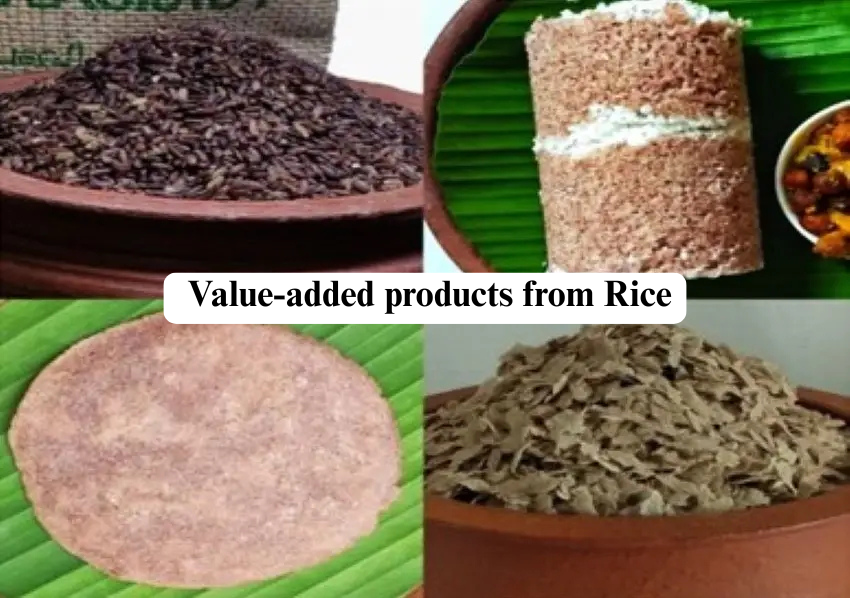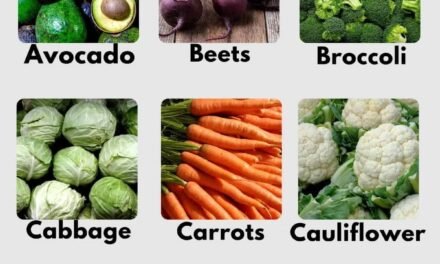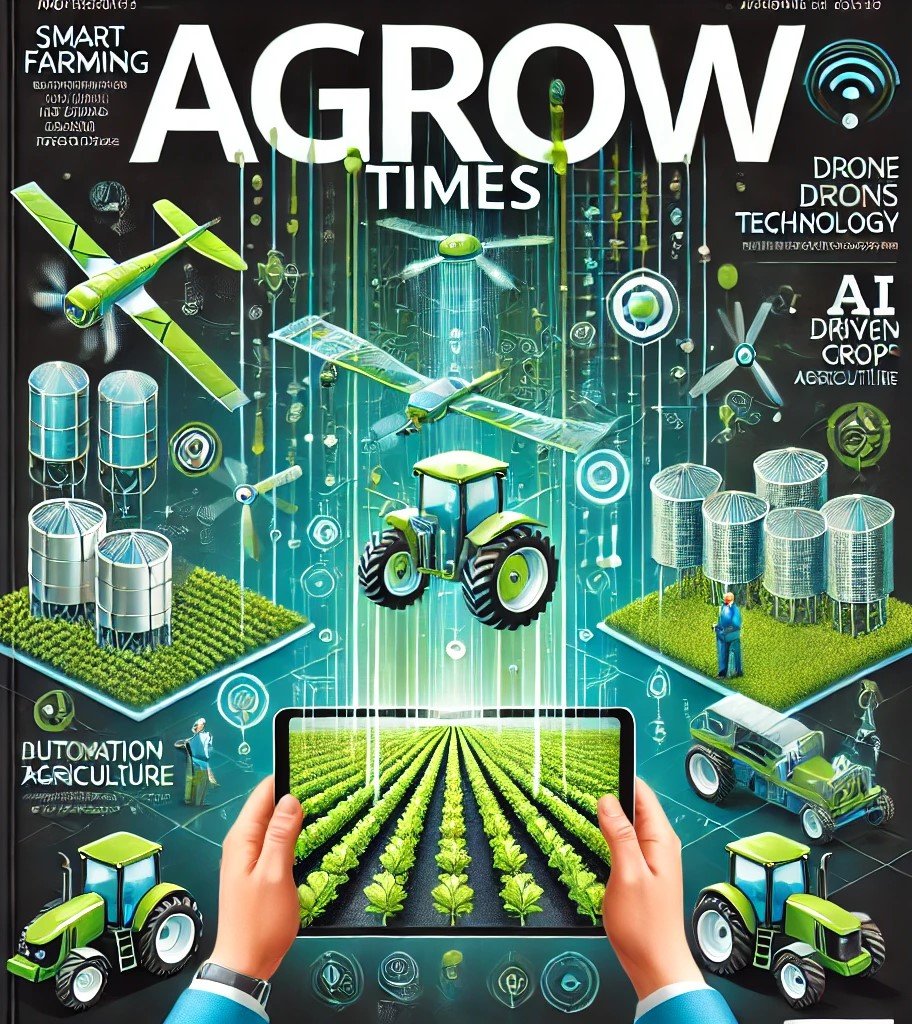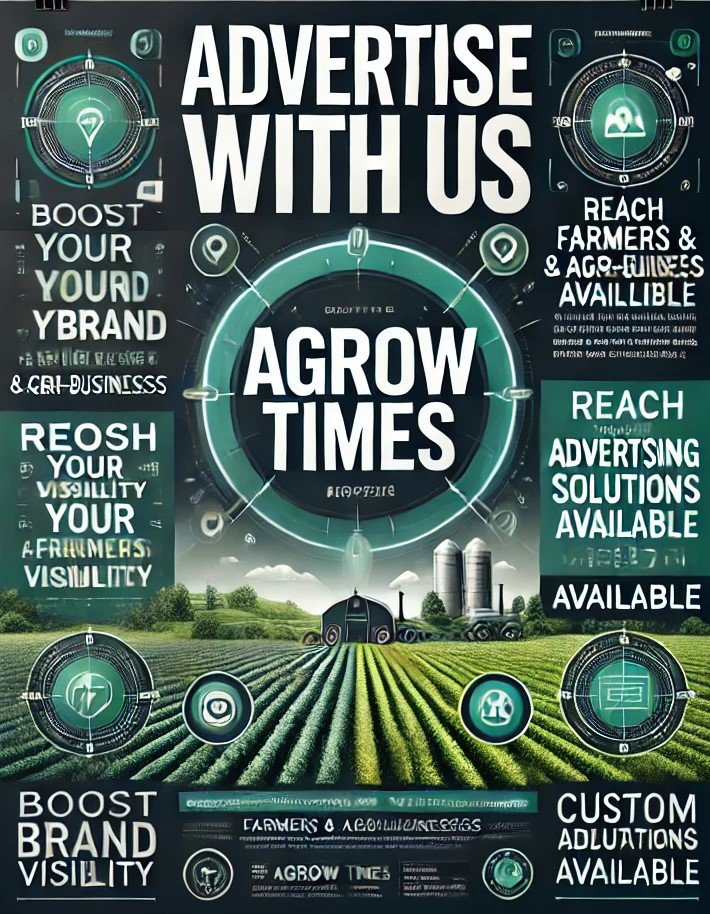Rice is processed into a variety of value-added products through different techniques that enhance its versatility, flavor, and nutritional content. The process of transforming raw rice into these products involves milling, refinement, and additional processing steps. Below are some common ways rice is turned into value-added products:
1. Rice Flour
- Process: Rice grains are milled into a fine powder. The milling can involve grinding both brown rice (whole grain) or white rice (refined grain).
- Products: Rice flour is used in baking (cakes, bread), making rice noodles, and as a thickening agent in soups, sauces, and gravies. It is also used in gluten-free recipes, as it is naturally gluten-free.
2. Rice Bran Oil
- Process: The outer bran layer of the rice grain is extracted and refined to produce rice bran oil. This is done either by mechanical pressing or solvent extraction.
- Products: Rice bran oil is used in cooking and frying due to its high smoke point and health benefits, such as being rich in antioxidants (like oryzanol) and healthy fats.
3. Rice Noodles
- Process: Rice flour is mixed with water to form a dough, which is then shaped into thin noodle strands. These noodles can be steamed or dried for later use.
- Products: Rice noodles are widely used in Asian cuisines for dishes like Pad Thai, Pho, and spring rolls. They are popular in gluten-free diets.
4. Rice Cakes and Snacks
- Process: Rice grains are often puffed or pressed to form cakes or snacks. This can be done by using heat and pressure to puff rice or by baking rice into crispy cakes.
- Products: These include rice cakes (plain, flavored, or coated), rice crisps, and rice-based snacks. They are often marketed as low-calorie, healthy snacks.
5. Rice Syrup and Rice Malt
- Process: Rice starch is converted into sugar syrup through enzymatic processes. The starch is broken down by enzymes, producing sweet liquid or malt.
- Products: Rice syrup is used as a natural sweetener in baking, cereals, and beverages. Rice malt is often used in the production of alcoholic beverages like sake, or in food as a sweetener.
6. Rice-Based Beverages
- Process: Rice is fermented, processed into a liquid, or blended with other ingredients to make beverages. This can involve fermentation (for drinks like sake) or liquefaction of rice starch (for rice milk).
- Products: These include rice milk (a dairy-free beverage), rice-based alcoholic drinks (sake, rice wine), and rice protein drinks.
7. Instant Rice
- Process: Pre-cooked rice is dehydrated through steaming and drying, making it quick and convenient to rehydrate and eat in a short amount of time.
- Products: Instant rice is a convenient, easy-to-prepare option for consumers. It is often used in meal kits and packaged foods, requiring just water or heat for preparation.
8. Rice-Based Pet Foods
- Process: Rice is often used as a primary ingredient in pet food. The rice is processed into kibble or soft food, where it acts as a source of carbohydrates.
- Products: Rice is frequently used in dog and cat food, particularly in hypoallergenic or easily digestible formulas.
9. Rice Pudding and Desserts
- Process: Rice is cooked with sugar, milk, and flavorings (such as cinnamon or vanilla) to create a creamy dessert.
- Products: Rice pudding, rice ice cream, and rice-based cakes are common dessert products. These can be sold fresh or packaged for easy consumption.
10. Rice Bran Supplements
- Process: Rice bran, a by-product of rice milling, is processed into powder or oil, often to be used in nutritional supplements.
- Products: Rice bran oil is used in supplements due to its potential health benefits, including lowering cholesterol and improving skin health. Rice bran powder is also used in dietary fiber supplements.
11. Rice Paper
- Process: Rice flour is mixed with water to create a dough, which is then spread thinly and dried to form paper-like sheets.
- Products: Rice paper is used for making spring rolls and other wraps in Asian cuisine, as well as in arts and crafts.
12. Rice Gluten-Free Products
- Process: Rice flour, starch, and other rice components are used to create gluten-free versions of bread, pasta, and cakes.
- Products: Rice-based gluten-free products are sold to cater to individuals with gluten sensitivities or celiac disease.
13. Rice-Based Alcoholic Beverages
- Process: Rice is fermented to produce alcoholic drinks. In some cases, yeast or koji mold is used to ferment the rice starch into alcohol.
- Products: These include traditional drinks like sake (Japanese rice wine) and other regional rice-based alcoholic beverages.
The rice milling industry creates a variety of value-added products that go beyond simple rice grains, contributing to food diversity, economic value, and nutritional enrichment. These products cater to different culinary needs, dietary preferences, and consumer demands, enhancing rice’s role in the global agricultural supply chain.









